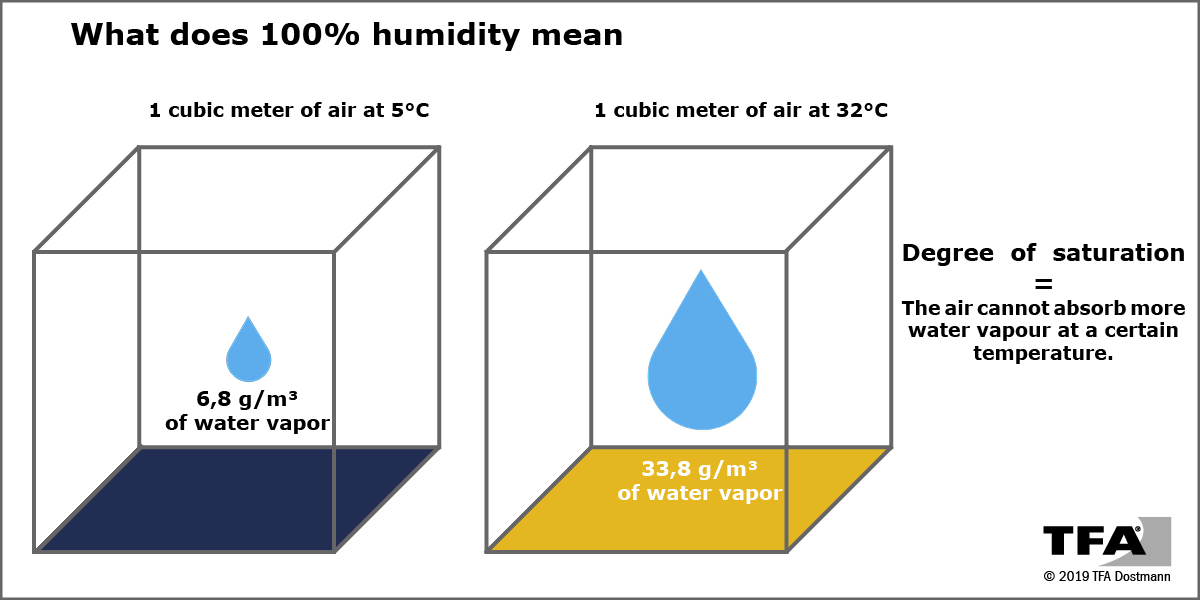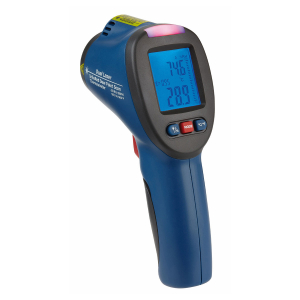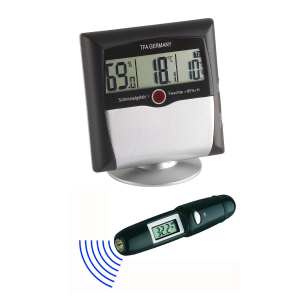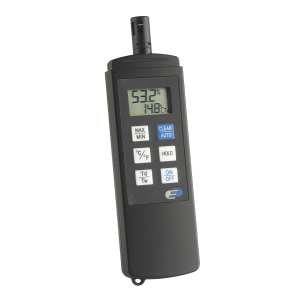What is humidity?
Humidity is the proportion of water vapour in the ambient air. Humidity is a term we encounter in several different situations, as many everyday phenomena and our own health and wellbeing are directly influenced by it. Wet laundry dries and releases moisture in the air, glasses fog up when you come from a cold to a warm place. We also talk about what humidity levels should be in the living room and bedrooms that is pleasant enough, as well as ideal for our body, e.g. mucous membranes. We are also dealing with humidity when we talk about mould and mildew: higher humidity values promote mould and mildew growth, and this can have serious consequences to our health.
Humidity also plays a significant role in the weather forecast, as its values provide information on the formation of fog, dew and clouds.
When you read or hear about ideal indoor humidity, it is usually the relative humidity that is meant. Since warm air absorbs more water vapour than cold air, we must also take into consideration another moisture measure: the absolute humidity.
What is the absolute humidity?
If we want to know the total amount of water vapour that is actually present in the air, we look at the absolute humidity. This is expressed as g/m3, i.e. grams of moisture per cubic meter of air. The absolute humidity is an important factor for various physical calculations, such as for calculating the relative humidity; however it is less relevant to everyday life.
When you read or hear about ideal indoor humidity, it is usually the relative humidity that is meant.
What is the relative humidity?
The relative humidity describes how much of the air is saturated with water vapour. It is expressed as a percentage of the maximum amount of water vapour the air could possibly hold.
What happens at 100% humidity?
When the relative humidity rises to 100%, the air is completely saturated with water vapour and the air does not absorb any more water vapour at this point. As soon as the saturation point is exceeded, the excess water vapour precipitates, in the form of condensation or fog.
The air temperature determines how much water vapour the air can absorb. Here, we come across another important element for the understanding of humidity: the dew point.
What is the dew point?
Warm air absorbs more water vapour than cold air. When the ambient air cools down, while the absolute humidity (i.e. the total amount of water vapour in the air) remains unchanged, the relative humidity increases up to 100% as a result. If the air continues to cool, the excess water vapour condenses in the form of droplets of water. The dew point is the temperature at which this process begins. The relative humidity and temperature thus determine the dew point.
Why is the dew point so important?
Moisture settles on common cold spots found in buildings such as windows, corners of walls and inside roller shutter boxes. When the temperature reaches the dew point, water droplets form as a result. In addition, this can also contribute to mould/ mildew growth or foxing may appear on paper, such as books and pictures.
To prevent mould /mildew formation, the air temperature should not drop drastically in any spot of a room, as to avoid falling below the dew point, i.e. condensation. For measuring the temperature at surfaces, we recommend the following products:



